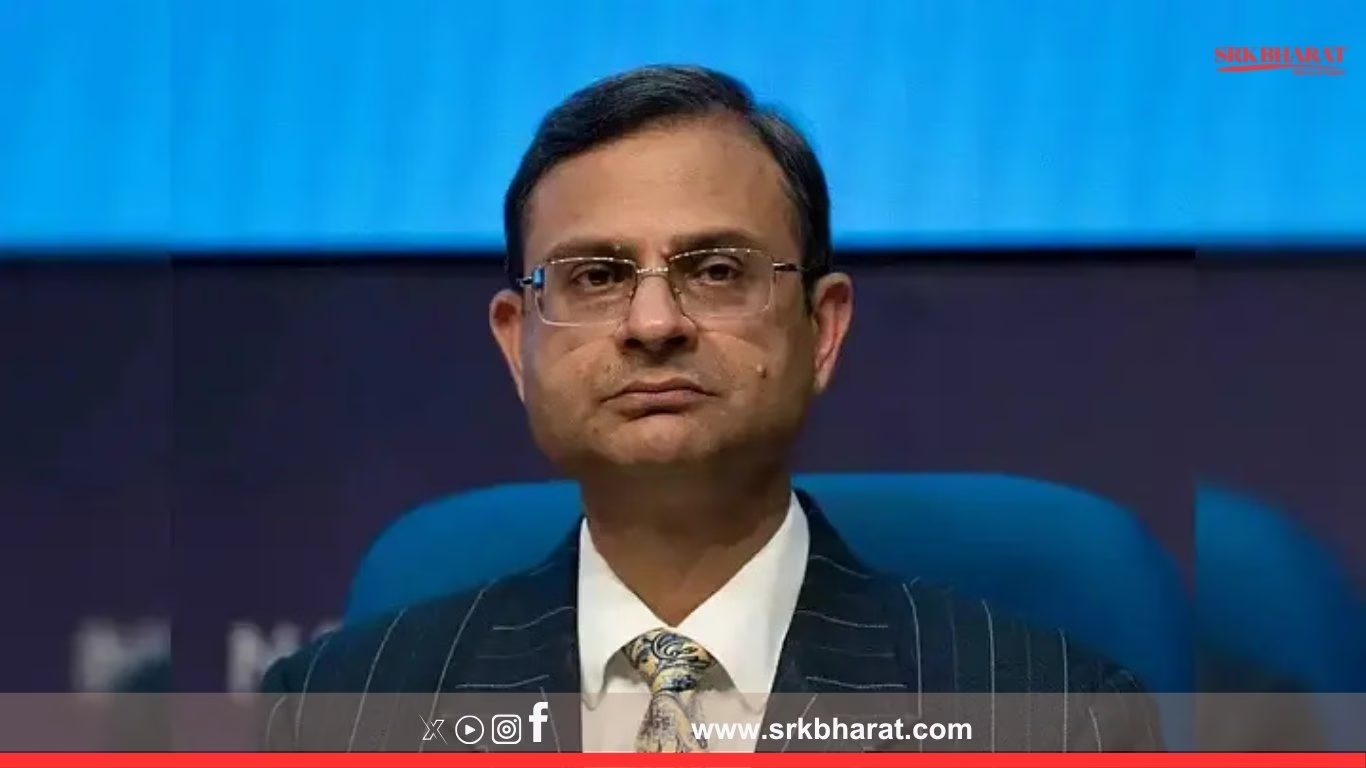Zerodha co-founder Nithin Kamath has raised eyebrows across the financial sector with a candid warning about the structural fragility of India’s booming broking business, calling it a “red flag” rather than mere hype. In a recent LinkedIn post, Kamath compared the current state of brokerage revenues to a food delivery platform relying on just two restaurants for 80% of its income.
“If you are Swiggy or Zomato and were relying on only two restaurants for 80% of the revenue, that is a risk everyone should know about,” Kamath wrote, highlighting the overdependence on Nifty and Sensex derivatives for revenue generation.
📉 80% Revenue from Just Two Contracts
Kamath revealed that over 80% of Zerodha’s revenue—and that of most Indian brokers—comes from just two futures and options (F&O) contracts: Nifty and Sensex. He warned that any regulatory or market change affecting these instruments could severely impact the entire industry’s earnings.
🏦 No Safety Net Like the West
Unlike U.S. platforms such as Robinhood, Indian brokers cannot rely on “payment for order flow” (PFOF) as an alternative revenue stream. Additionally, quarterly fund settlement rules—which require brokers to return all unused client funds—create what Kamath likened to a “forced bank run” every three months.
🔍 Transparency Over Hype
Kamath’s remarks were in response to a journalist who suggested he might be trying to scare off competitors. He clarified that his intent was to caution investors and stakeholders about the hidden vulnerabilities in the system.
“There is enough and more competition—I put it out as a caution to investors,” he said.
🧠 Industry Reactions
Kamath’s post has sparked widespread discussion among market participants, with many praising his transparency and foresight. Others have called for greater diversification in brokerage revenue models and regulatory reforms to ensure long-term sustainability.
Stay tuned for more updates on India’s financial ecosystem.











